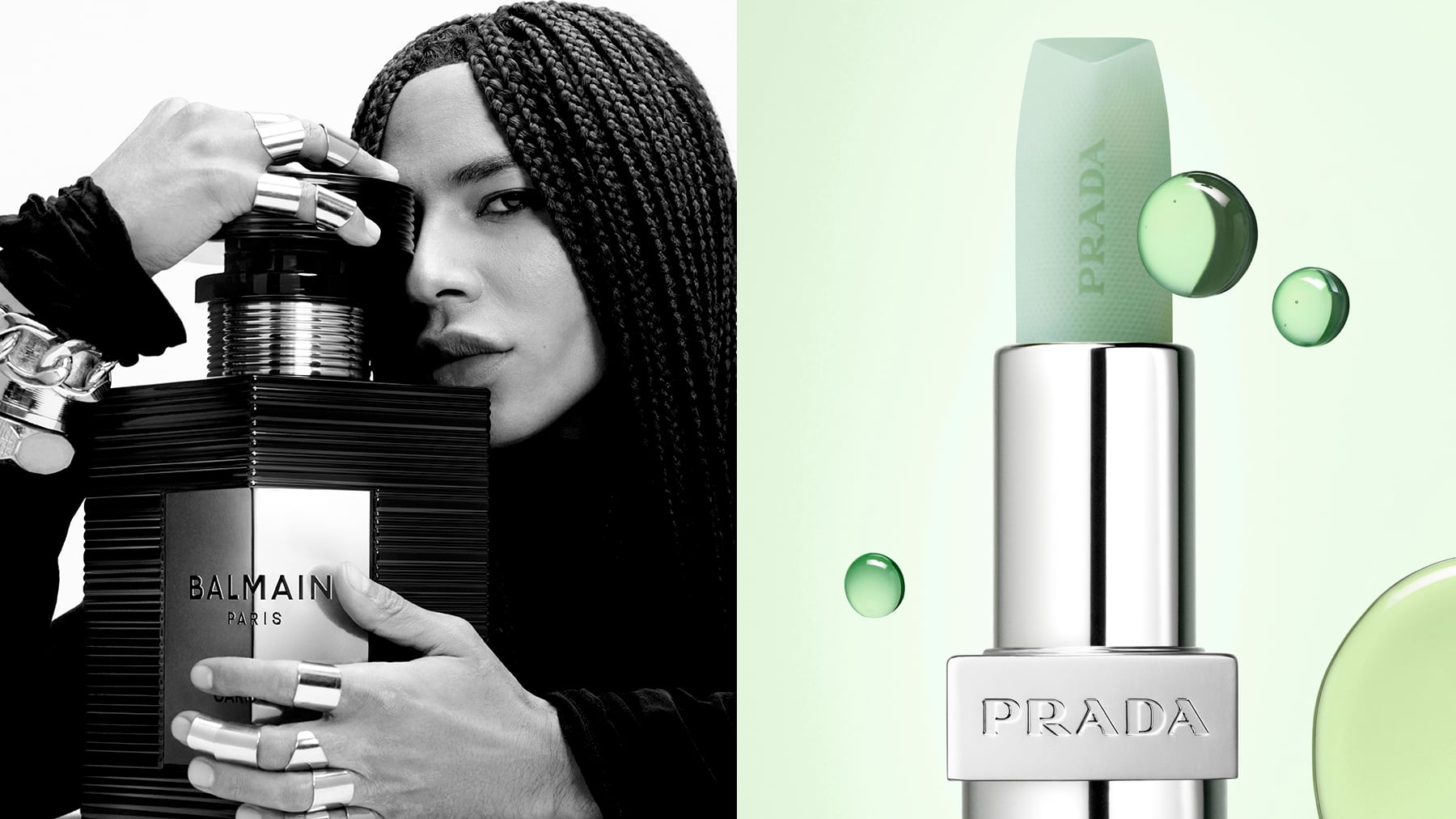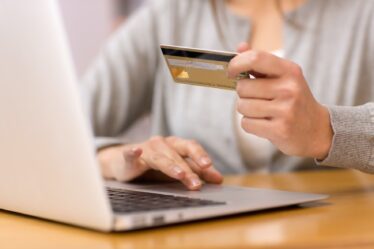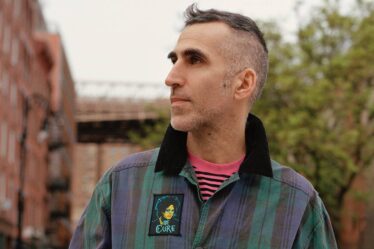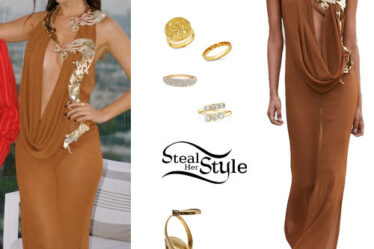
The latest must-have accessory for a luxury brand? A beauty line.
This year has seen luxury fashion labels enter beauty in rapid succession. Balmain dropped a new fragrance collection in August and has makeup on the way, while Celine launched its Celine Beauté makeup in October and Prada Beauty’s just over one-year-old makeup and skincare line made its US debut in January. The pipeline for 2025 is even more packed, with Miu Miu’s coming makeup debut, the comeback of Marc Jacobs Beauty and Balenciaga and Alexander McQueen’s return to fine fragrance.
The struggle for all of them will be to find the right niche in a market already inundated with luxury beauty.
Among luxury fashion brands, a comprehensive beauty line, complete with fragrance, makeup and skincare, was once limited to a handful of top-tier labels like Dior and Chanel. Now, as the sector faces a spending slowdown, beauty is providing a bright spot for growth even as other categories decline. While Kering’s luxury brands saw a 27 percent decline in wholesale sales in the third quarter of 2024, beauty, eyewear and royalties grew. LVMH also reported that beauty and selective retailing, which includes Sephora, were the only categories that did not decline that quarter. More than that, it’s a chance to win over entry-level customers who have been turned off by price increases.
“You might start as a 20-year-old buying lip balm, and then as a 30-year-old you might be buying a Prada bag,” said Jamie Ray, co-founder of influencer marketing agency Buttermilk. He added that launching beauty “allows them to bring in this Gen-Z consumer and not only diversify their income streams, but also diversify what audience they are speaking to.”
But they’re entering a very saturated market. Beauty lines from luxury labels don’t just have to compete against one another, but also conglomerate-backed brands and popular indies like makeup artist Gucci Westman’s Westman Atelier and cult favourite fragrance label D.S. & Durga. This next crop of luxury labels must find a way to differentiate themselves from all of the above without compromising brand equity.
The Right Retail Mix
Classic luxury brands’ beauty labels first emerged into a world dominated by department stores, but brands must now establish their burgeoning lines with younger shoppers in a market where Chanel’s makeup can be found at Ulta Beauty and TikTok has become a major sales driver for Dior blush and lip oil.
New beauty labels face a challenging environment in traditional luxury channels, as department stores, travel retail and high-end e-tailers struggle to grow sales, or in the case of Net-a-Porter and Farfetch, phase out beauty entirely. To deal with this reality, brands are taking a variety of approaches: Celine and Bottega Veneta have opted for more exclusivity in their distribution, mostly keeping to their own channels. Others, like Prada Beauty, are going wider with a presence at both Nordstrom and Sephora.
Department stores, historically the selling point for luxury fashion’s beauty lines, are still a big part of their retail launch equation. While Celine is now controlling distribution of its first lipstick, it opted to gain visibility with a limited-time pre-launch pop-up at Harrods in September. Department stores, including Neiman Marcus and Bergdorf Goodman, are the only channel Balmain Beauty is selling in besides their own.
To stand out in a growing crowd at department stores — just this fall, Nordstrom added Carolina Herrera, Dolce & Gabbana and Burberry makeup to its lineup — brands are getting more creative with attention-grabbing activations. Prada Beauty’s January 2024 launch at Nordstrom began with a big New York takeover in Nordstrom’s flagship store, including events, sampling and a device to add Prada fashion prints onto beauty products.
These activations – and brands’ choice of overall retail mix – are about finding a balance between reaching younger shoppers new to the brand as well as existing fashion customers.
“The designer beauty customer is a mix of loyal fans who love the brand, who are excited to buy the beauty products, as well as some curious newcomers,” said Debbi Hartley-Triesch, executive vice president and general merchandise manager of the accessories and beauty divisions at Nordstrom.
Brands are also tapping the power of their own standalone stores to find that balance. A “Sense Portal” beauty section set up in Balmain’s new Paris store is geared toward welcoming entry-level shoppers, said Claire Fermont-Langlais, the brand’s vice president at Estée Lauder Companies. Its attention-grabbing graphic display with music “catches the attention of a younger crowd, because it talks to them in their language,” she said, while Gen-Z star Dove Cameron was named its beauty brand ambassador.
But it’s also a priority to attract high-spending fashion customers as part of the brand’s “clientelling” strategies for what it calls its VICs, or very important customers, said Fermont-Langlais. At the brand’s most recent runway show, top customers were gifted boxes of the fragrance, and were also invited to the store opening party that included an appearance by Cameron to hype up the beauty launch.
Splicing Designer DNA
When it comes to marketing their beauty products, brands are seeking the right way to balance their fashion positioning and viral social campaigns.
Licensing partner Estée Lauder Companies, for example, worked closely with Balmain creative director Olivier Rousteing on the Balmain Beauty concept, which was incorporated into the brand’s runway show with perfume bottle and eyeshadow palette-shaped bags, as well as glittery dresses splashed with graphics of lipstick and nail polish. It served as a walking ad for the brand’s upcoming makeup launch, the date of which has yet to be revealed.
Jamie Ray, co-founder of influencer marketing agency Buttermilk, said there’s a delicacy to balancing luxury and mass appeal. His agency was behind the influencer marketing campaigns that initially drove interest in Dior’s Glow Lip Oil years ago, as well Prada Beauty’s Prada Balm in Astral Pink earlier this year. The lip balm took off after being featured in the music video “Please Please Please” by Sabrina Carpenter (who was later named an ambassador for Prada Beauty) as well as a simultaneous influencer campaign on TikTok and Instagram by Buttermilk.
Luxury brands have been experimenting more with TikTok, having seen the app’s power in lifting sales for beauty products as well as reaching the aspirational Gen-Z shopper, a crucial demographic. But while they’re more open to it, they’re also reckoning with how to do so without diluting their brand positioning.
Ray said that in dealing with luxury brands, Buttermilk is especially detailed on campaign briefs and carefully vets all influencers and sponsored content before it goes live. For the Prada Beauty US launch campaign, Buttermilk selected 10,000 influencers, requiring what it called “elegance with an edge” and “playful sophistication” in their aesthetic. The combination of Gen-Z favourite Carpenter and the social marketing was a hit – the brand sold out in two categories in and ranked number one in Sephora for two months after the campaign.
“You’ve still got to be mindful of brand reputation. And there’s always that thing with luxury fashion houses as they put the veil up, and what’s behind the veil is what creates the intrigue,” said Ray. “If you pull that veil off too much, and it becomes too accessible, then you cross the line.”



